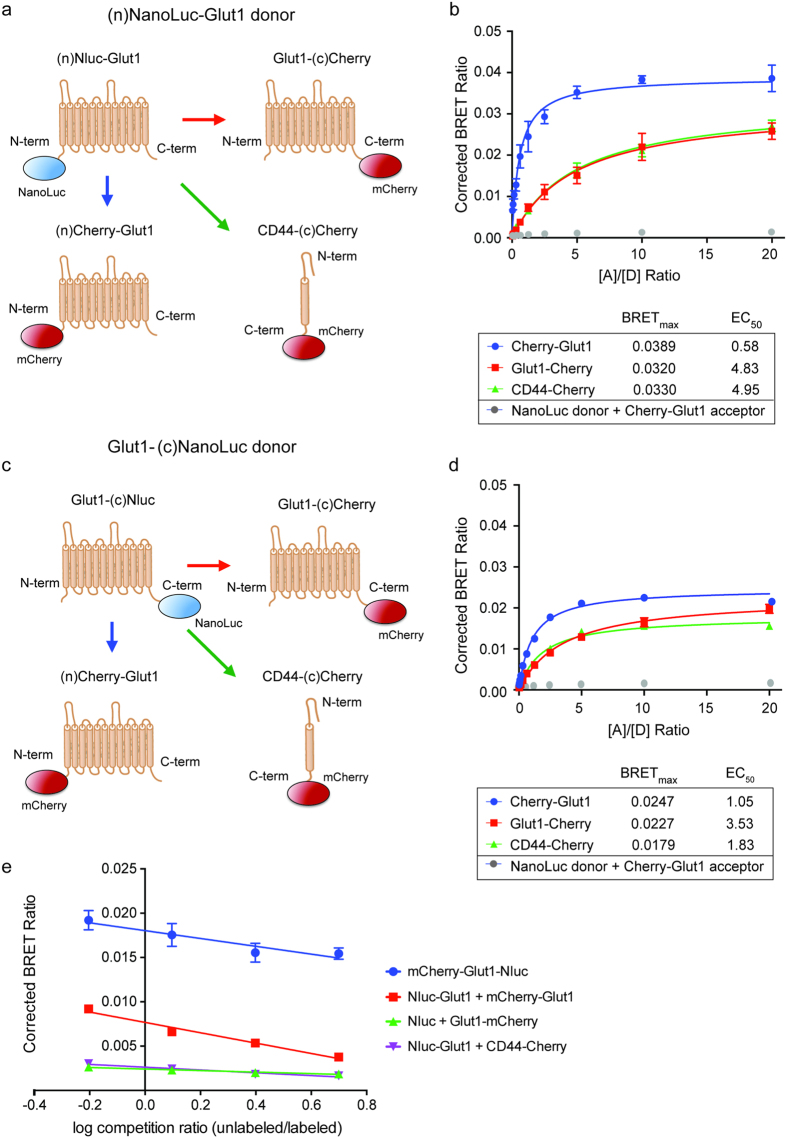Figure 5. Intermolecular BRET between GLUT1 monomers suggests N-to-N terminal orientation occurs first in higher order complexes.
(a) Cartoon diagrams of the vectors used in panel B for determination of BRET values with individually labeled GLUT1 monomers. Nluc was fused to the N-terminus of GLUT1 as donor, whereas the mCherry acceptor was fused to either terminus of GLUT1 or to the intracellular C-terminus of CD44 as a non-specific control. (b) Corrected BRET values are shown as a function of acceptor: donor ratio [A]/[D] in terms of plasmid concentration. The data for each acceptor/donor combination were fit to standard binding curves, from which the maximum BRET ratio (BRETmax) and effective concentration at 50% BRETmax (EC50) could be determined in terms of plasmid ratios. BRETmax values are proportional to the distance between donor and acceptor, whereas EC50 values represent the relative affinity between donor and acceptor. As a negative control, soluble Nluc was co-transfected with mCherry-GLUT1 (gray data points) to demonstrate the necessity of membrane localization for BRET to occur. Error bars represent standard deviation of averaged triplicate values for a representative experiment. (c) Cartoon diagrams of the vectors used in panel D, using Nluc fused to the C-terminus of GLUT1 as the BRET donor. (d) Corrected BRET values are shown as a function of acceptor:donor ratio [A]/[D] in terms of plasmid concentration, as in panel B. (e) Corrected BRET values for an unlabeled competition assay are shown as a function of the ratio between unlabeled GLUT1, and the combination of Nluc-GLUT1 and mCherry-GLUT1. The intermolecular BRET signal produced by transfecting the donor and acceptor as separate fusion proteins (red line) could be competed down to background levels of signal (green and purple lines), whereas the BRET signal produced using the mCherry-GLUT1-Nluc dual fusion protein (blue line) could only be competed down to the level generated by intramolecular BRET between the N- and C-termini of GLUT1.

